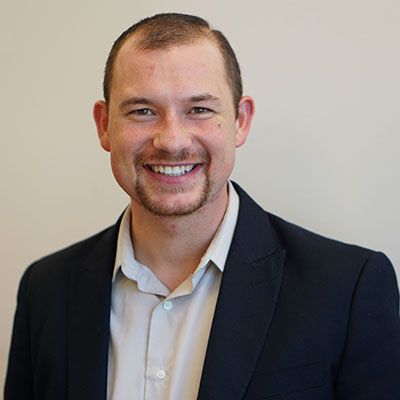A less-noticed new provision in the Every Student Succeeds Act (ESSA) may be critical to unlocking business model innovation in teacher preparation. For decades, voices from both outside and within education schools have called for reforms such as greater admissions selectivity, curriculum that is grounded in learning science research, and stronger clinical training in K–12 school settings. But unfortunately, despite the fair amount of consensus regarding needed reforms, schools of education seem to have done little over the last 30 years to fundamentally change their business models to align with suggested reforms.
The reality confronting reformers that too often goes unrecognized is that fundamentally transforming teacher preparation is not merely a matter of improving programs and curriculum. As the Clayton Christensen Institute’s research has shown, real change typically requires new institutional business models. To this end, a new provision in ESSA encourages states to authorize new teacher preparation programs that circumvent the challenges of institutional deadlock.
Overcoming teacher prep programs’ resistance to change
The heart of the challenge of reforming established teacher preparation programs is that their business models discourage change. For example, many reformers call for teacher preparation programs to improve the quality of their outputs through higher admissions standards. But many prestigious institutions, such as Harvard and Yale, where selectivity is the norm across all programs, have either limited the scale of their teacher preparation programs to instead focus on education leadership and academic research, or have eliminated their schools of education altogether. The rankings-focused business models of selective colleges and universities lead them to prioritize higher-status leadership and academic training over the lower-status professional work of training new teachers. In contrast, the business models of non-prestigious state university systems are aligned with producing large numbers of teachers to serve the public good. But these same business models also sideline efforts in improving teacher quality for the sake of maintaining high volumes of graduates and low operational costs in order to provide positive revenue sources for their parent institutions.
Most states’ policies governing teacher preparation reinforce established business models and traditional practices. In order for schools of education to operate legally, issue teaching certificates, and offer their students financial aid, they must demonstrate that they meet the standards set by state departments of education and regional accreditation agencies. Although the standards set by those entities are all well intentioned, they tend to emphasize inputs (such as governance structures, credit hour requirements, and faculty credentials) rather than the quality of their outputs (effective teachers). Thus for established institutions, research and curriculum standards become central priorities because they lead to state authorization, accreditation, and the ability to bring in federal dollars. Meanwhile, these schools inadvertently give secondary priority to efforts to improve teacher quality.
Aligning business models with student outcomes
An alternative way to improve teacher preparation is to build new institutions from the ground up with entirely different business models that are aligned with student outcomes. A few examples of new institutions that have done this include Match Teacher Residency, Urban Teachers, Aspire Teacher Residency, and Relay Graduate School of Education. New institutions can design their business models with strong incentives to prioritize practices like establishing selective admissions requirements, setting competency-based graduation requirements, creating close partnerships with local schools, designing high-quality curricula, and supporting graduates during their induction into the profession.
Along this vein, ESSA has a new provision that encourages states to foster new teacher preparation programs with innovative business models. Whereas the “alternative certification” provisions from prior versions of the law have resulted mostly in new programs within existing education schools, this provision gives states funding to authorize new “teacher preparation academies” that have very different business models from those of most established education schools. Section 2002(4) of Title II of ESSA requires states that authorize these academies to eliminate “unnecessary requirements” for state authorization, such as requiring that faculty hold advanced degrees or conduct academic research, that students complete a certain number of credit hours or sequence of coursework for graduation, or that preparation academies receive institutional accreditation from an accrediting body. Instead, the law specifies that states must ensure that each academy gives its prospective teachers “a significant part of their training through clinical preparation,” awards “a certificate of completion to a teacher only after the teacher demonstrates that the teacher is an effective teacher,” and “limits admission … to prospective teacher … candidates who demonstrate strong potential to improve student academic achievement.” The law also requires that states recognize the certificates from these academies, “as at least the equivalent of a master’s degree in education for the purposes of hiring, retention, compensation, and promotion in the State.”
This new provision in ESSA for teacher preparation academies will hopefully make it easier for programs with new business models built around teacher quality to launch new sites and expand their impact. The challenge for states will be to make sure that the policies and regulations they adopt for authorizing these new programs truly lead to the desired outcome of producing more high-quality teachers. But if the states can get these details right, the new programs that result may finally lead to the changes in teacher preparation that reformers, public officials, and education groups from across the political spectrum have anticipated for decades.
This post first appeared on the Brookings Institution’s Brown Center Chalkboard.

